Immerse Yourself in Literature and Western Cuisine, A New Journey in Hyogo
Kinosaki Onsen has long inspired writers, while Kobe's well-preserved old Western restaurants evoke flavors of the past.

Hyogo Prefecture, where rich nature and historical culture thrive. The travel envisioned by book director Wataru Fukai includes immersing oneself in hot springs and literature in Kinosaki Onsen, and savoring exquisite Western cuisine in Kobe. It’s a journey to savor the diverse terroirs nurtured by each locality.
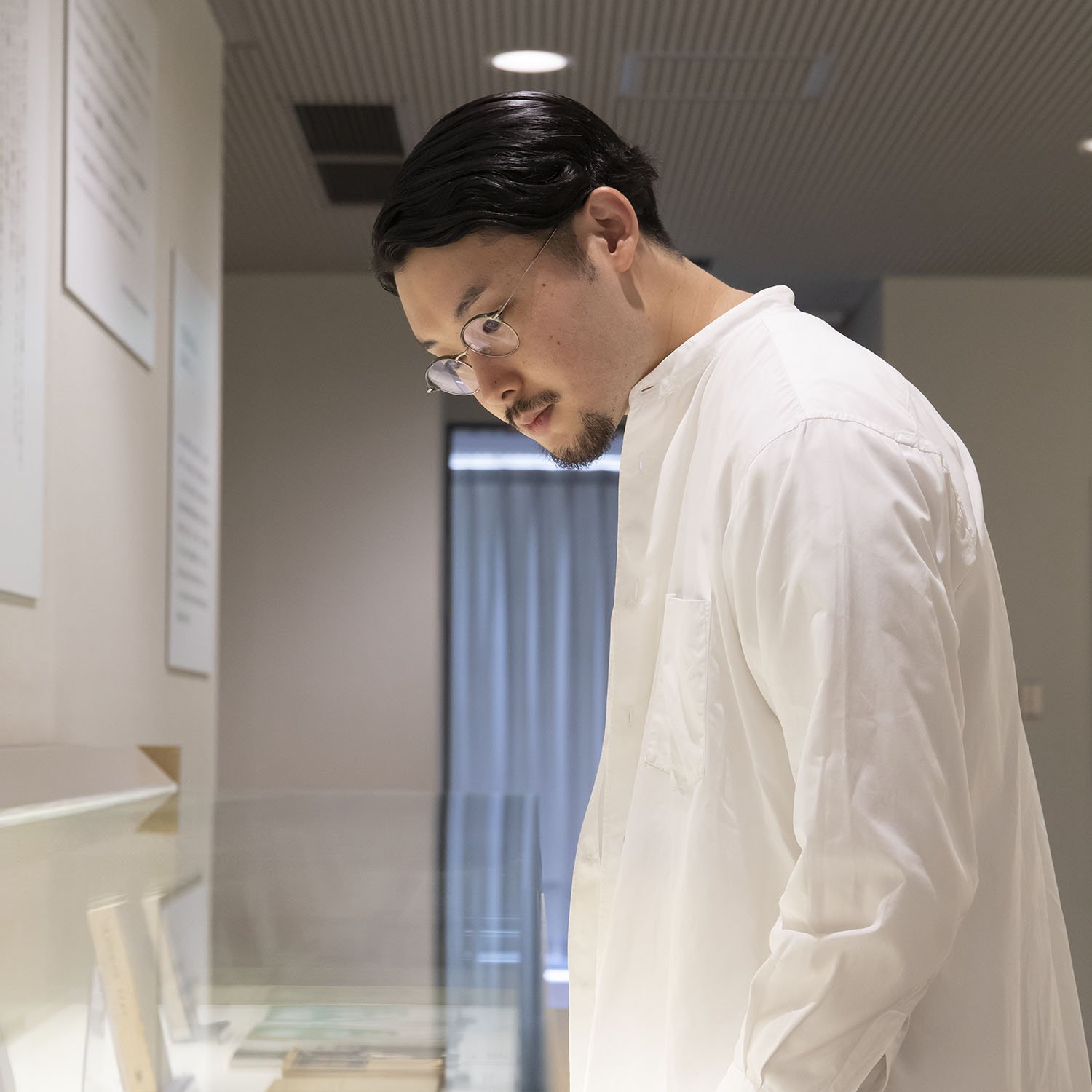
深井 航 Wataru Fukai
Wataru Fukai was born in Saitama Prefecture in 1995. In addition to book direction at the Hotel Hakone Honbako, he is involved in numerous literary events such as the first literary award for hot spring inns, the Sanshoku Literary Award, and events at Bunkitsu Roppongi, focusing on books and planning.
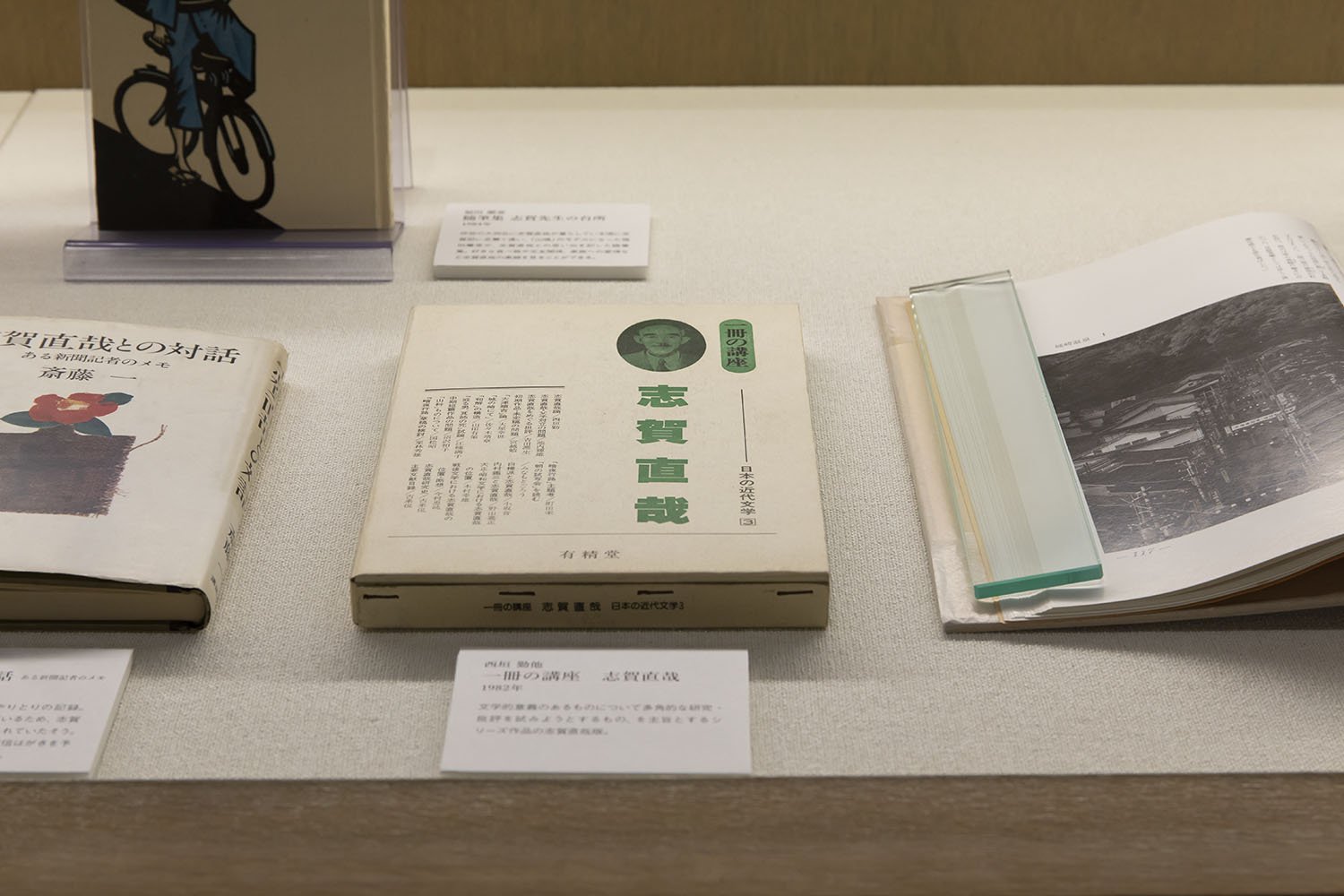
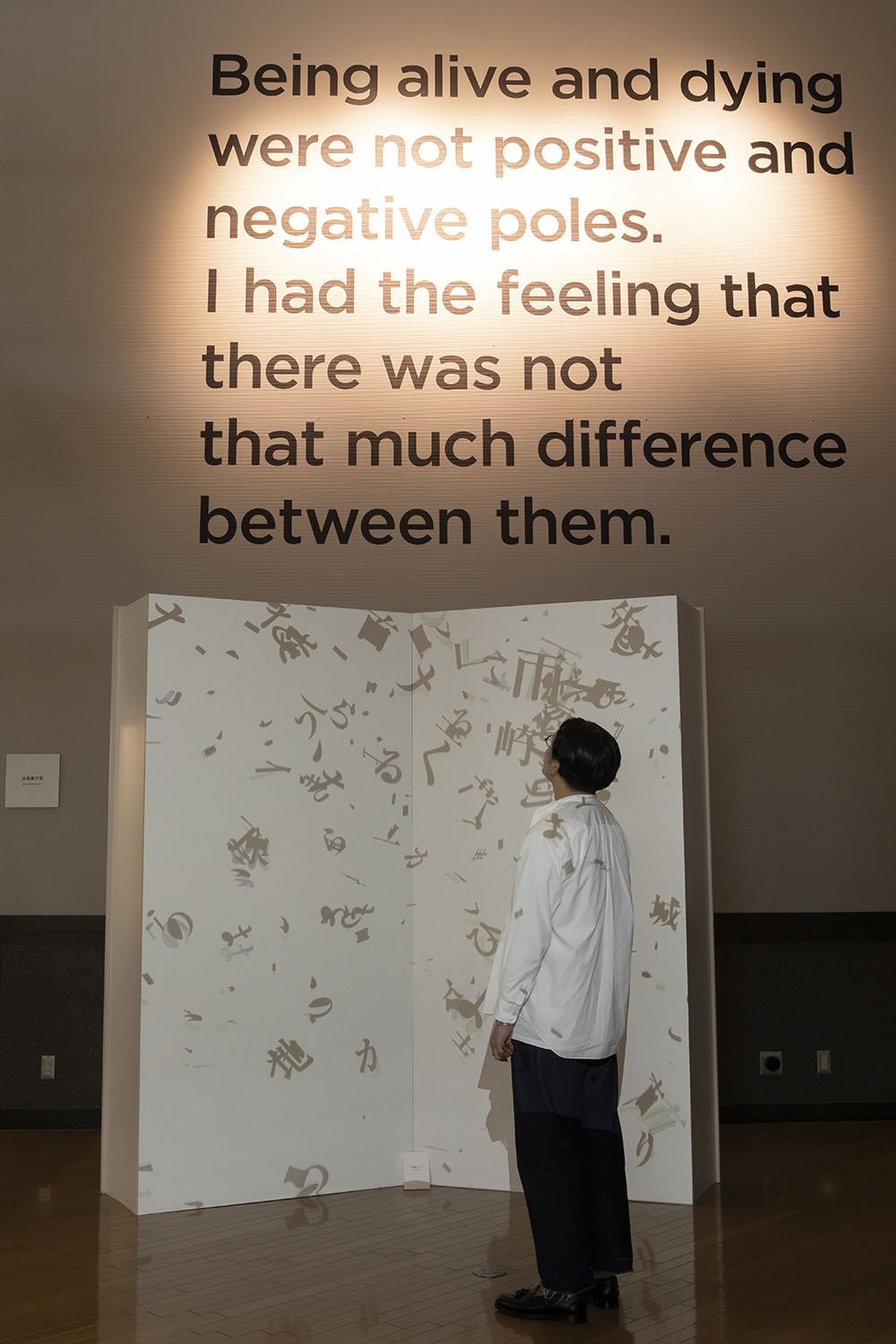
Kinosaki Literary Museum
The Kinosaki Literary Museum (KINOBUN) showcases exhibits related to authors associated with Kinosaki Onsen. Renewed in 2016, it transformed into a facility where visitors can deepen their appreciation for literature.
Address: 357-1 Yushima, Kinosaki-cho, Toyooka-shi, Hyogo Prefecture
TEL: 0796-32-2575
Opening hours: 9:00 to 17:00
Closed on Wednesdays and year-end holidays
Admission: ¥500 for adults
While there are many hot spring resorts across Japan, none exude the literary aroma as Kinosaki Onsen in Hyogo Prefecture. Besides Shiga Naoya, who left behind At Kinosaki, many literati cherished this place.
‘As depicted in At Kinosaki, when you peer into the flowing river, you see sweetfish and crabs. It made me realize that Shiga Naoya, who visited Kinosaki 100 years ago, must have witnessed this scenery and felt a mysterious sense of awe. I realized that Kinosaki Onsen embodies the original landscape of hot spring towns that Japanese people hold dear in their hearts,’ Mr. Fukai described.
This quintessential scenery of Japanese hot spring towns comprises seven public baths and the ambiance of traditional inns. Among them, we visited Kobayashiya, which has preserved its 300-year-old history and was renovated just 23 years ago. Maintaining elements like stairs and beams from its inception, the interior is replete with modern sensibilities, using washi paper as wallpaper, creating numerous highlights throughout the building.
‘We approached the renovation not merely as refurbishing an inn but with the intention to update Japanese culture,’ explained Tomomori Nagamoto, the 11th-generation owner and also an artist, whose sense of aesthetics and the inn’s history blend into a unique space.
‘The richness of nature and cuisine in Kinosaki, along with the glamour of its public bath culture, are treasures,’ says Nagamoto. It’s an inn where guests can fully indulge in the terroir of Kinosaki using all five senses.
The solace sought by Shiga Naoya still remains in this place today.
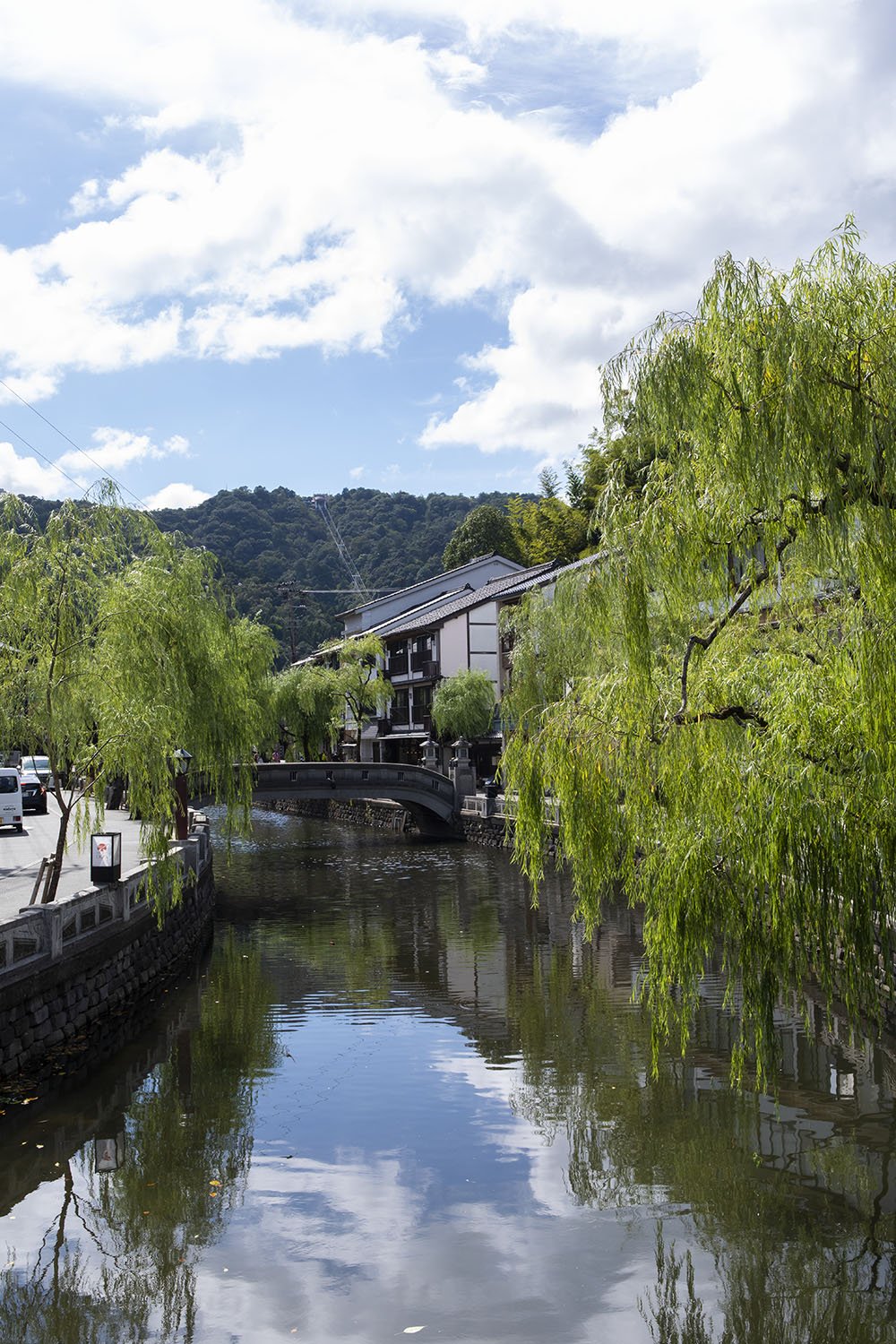
Kinosaki Onsen
The willow-lined streets, symbolizing the 1300-year-old Jyokamachi Onsen, began with the efforts of the predecessor of Kobayashiya, who was once the mayor. ‘It’s an impressive town in terms of sound. The rustling of the willows and the clattering of the wooden clogs created a pleasant atmosphere,’ says Mr. Fukai.
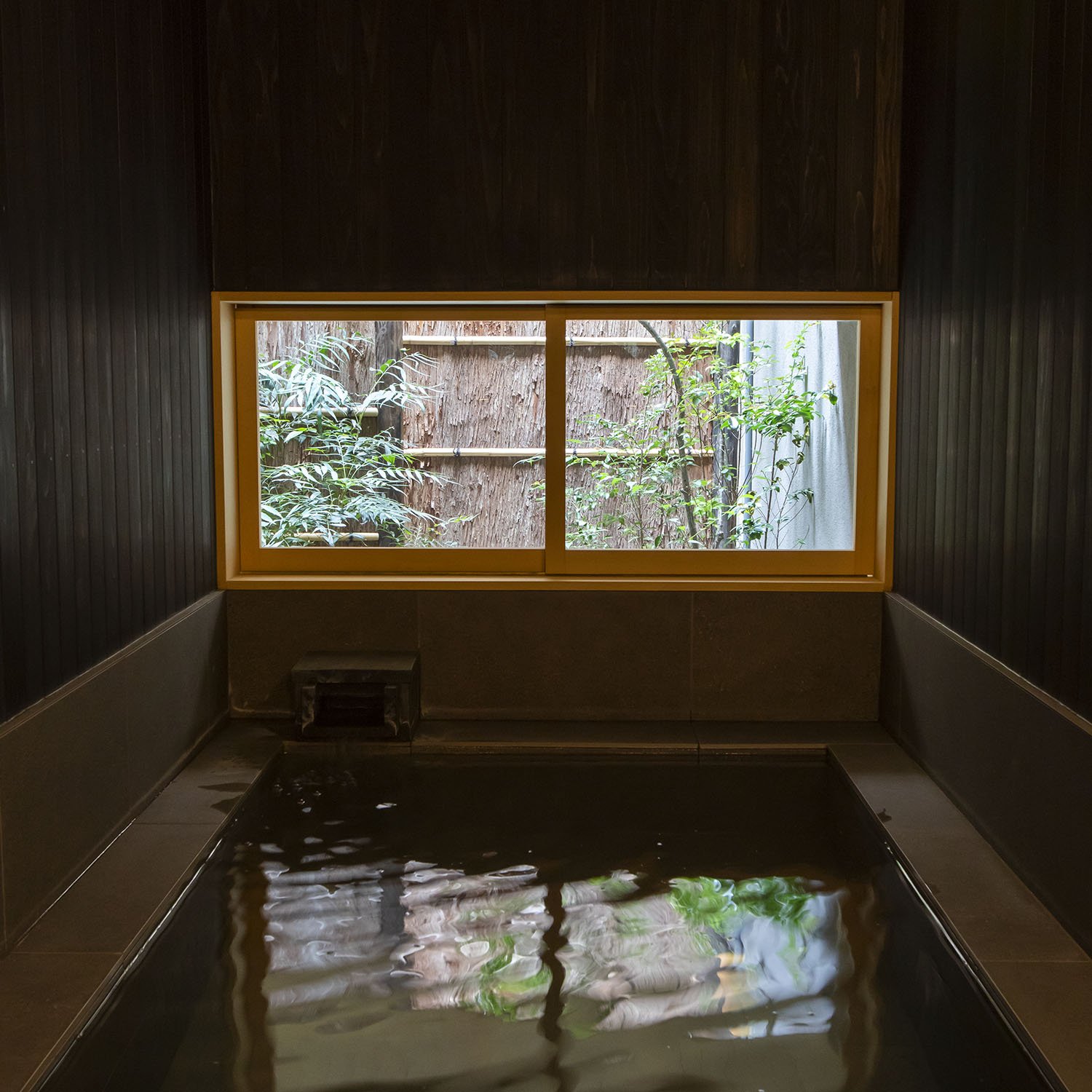
All three indoor baths are compactly designed. To preserve the culture of visiting the seven public baths in the town, ‘ryokan’ in Kinosaki Onsen have size restrictions on their indoor baths.
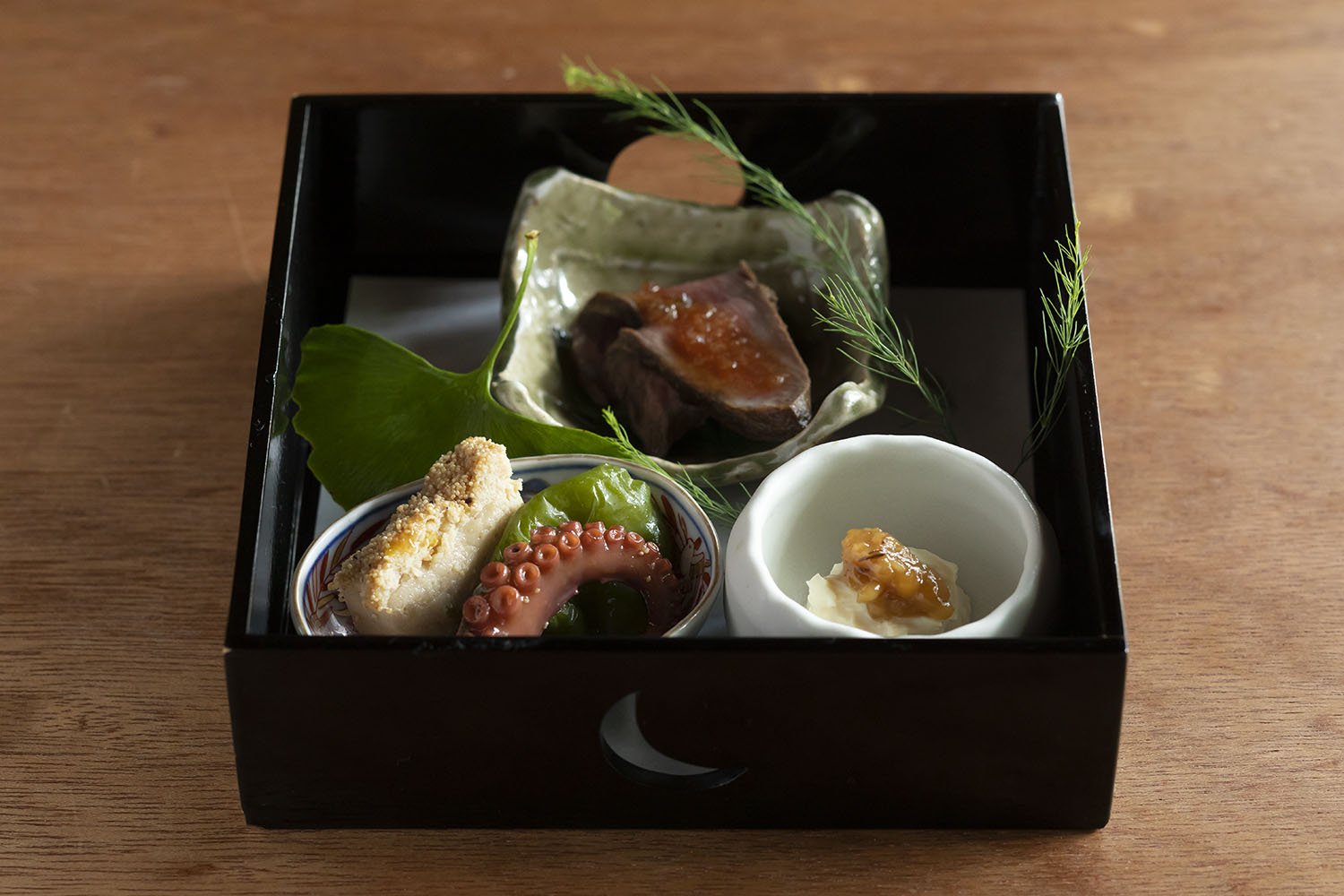
In the ‘hassun’ served at lunch, you'll find the blessings of both sea and mountains, making the most of Kinosaki's location. Chef Makoto Yamauchi from Tottori works with ingredients from the San'in region to offer dishes unique to this area.
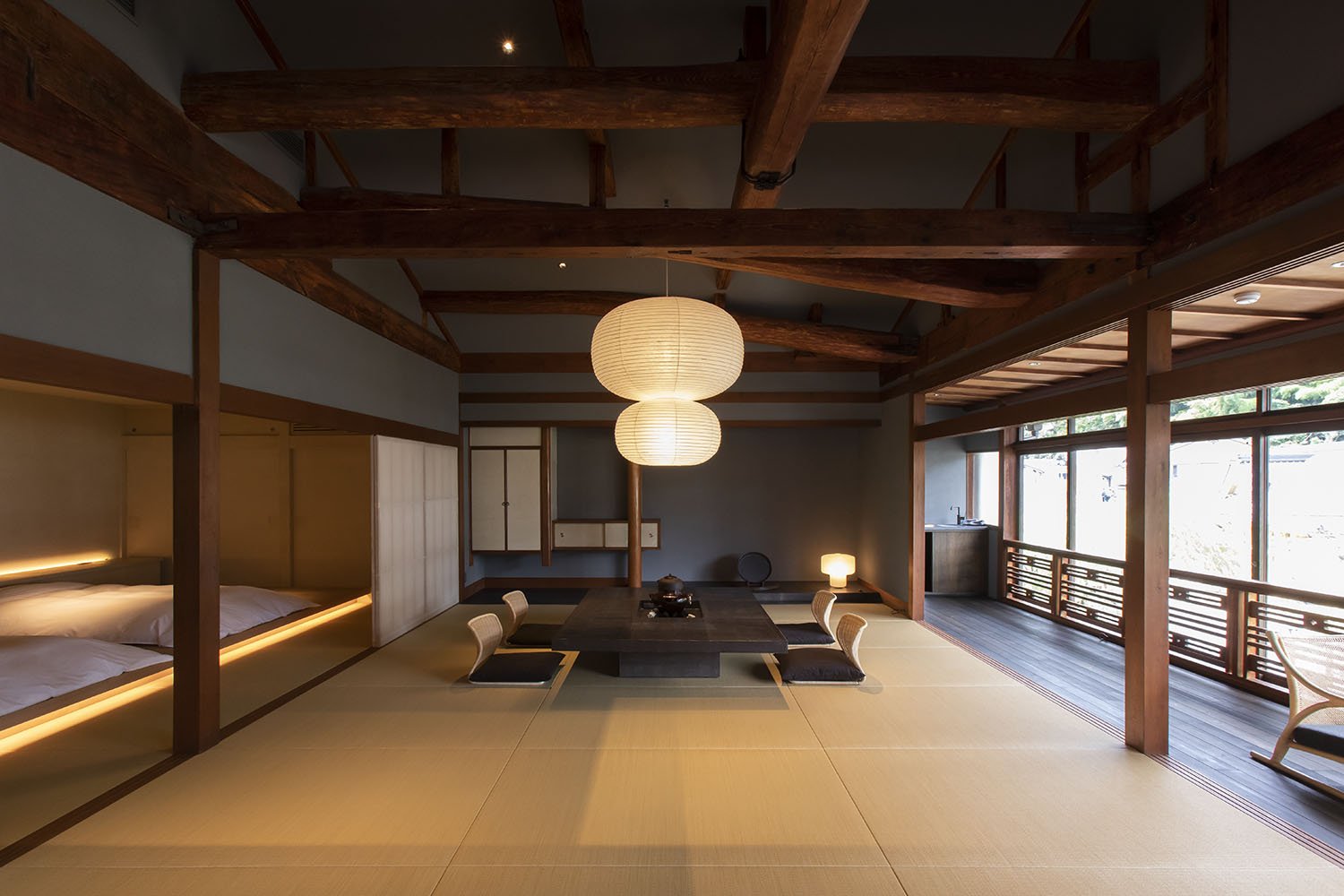
The ceilings, walls, lighting, ‘fusuma’ (sliding doors), and even the tables throughout the building are generously adorned with ‘washi’ (Japanese paper). The handrails by the windows overlooking the willow-lined street retain elements from over 100 years ago, preserving tradition.

The renovation of this historic inn was undertaken by SUPPOSE DESIGN OFFICE. While preserving the framework, they highlighted the history and charm of the building, reminiscent of the traditions of Kinosaki.
Address: 369 Yushima, Kinosaki-cho, Toyooka-shi, Hyogo Prefecture
TEL: 0796-32-2424
Books and Western cuisine... A dense atmosphere unique to Kobe
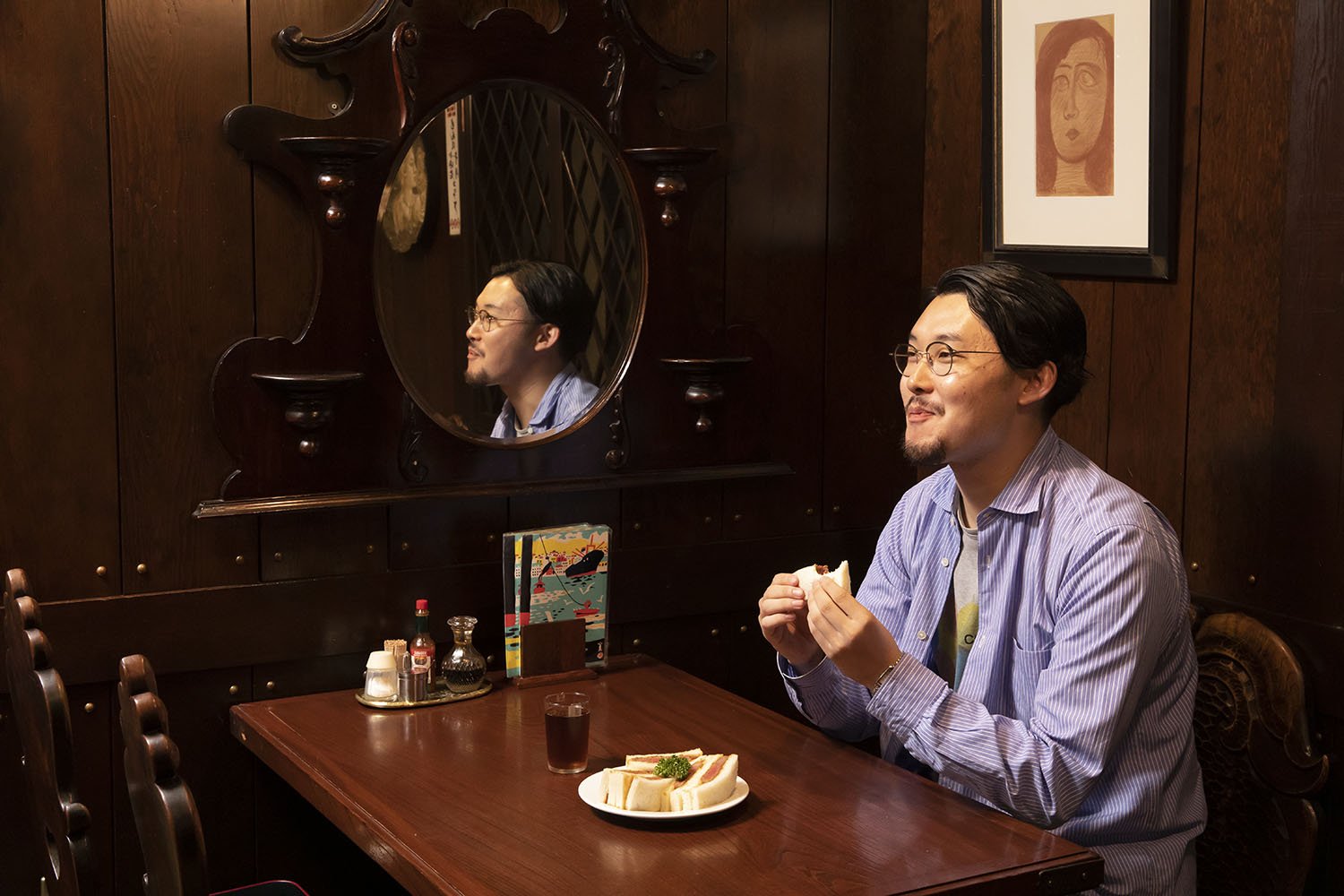
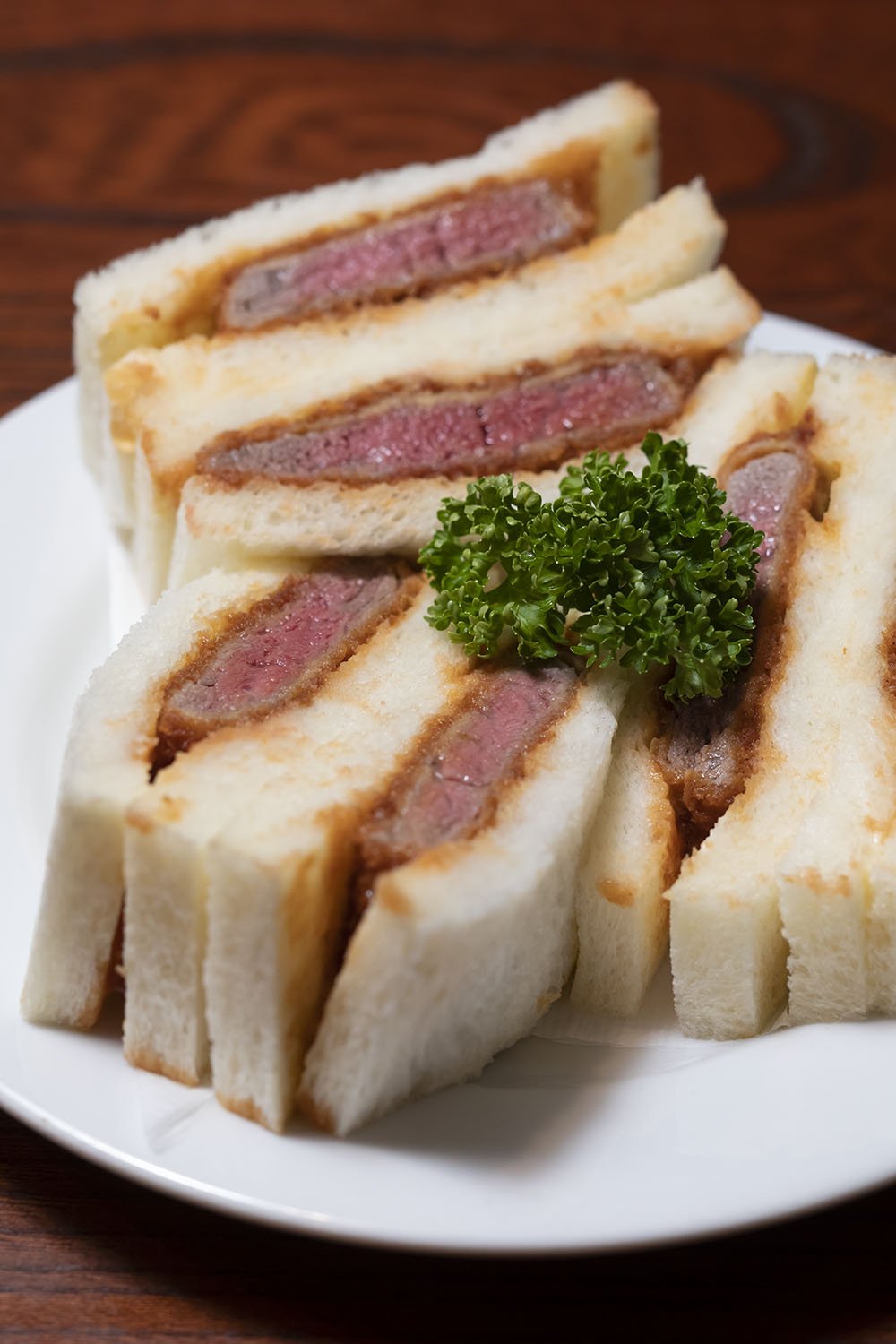
Mon, A Western Cuisine Restaurant
Mon was established in 1936. It features traditional flavors, like the beef cutlet sandwich in the photo, on its menu. Imported furnishings and furniture used since its founding evoke a sense of history.
Address: 2-12-2 Kita Nagasaku-dori, Chuo-ku, Kobe, Hyogo Prefecture
TEL: 078-331-0372
Hours: 11:00 – 21:00
Closed: 2nd and 3rd Monday of the month
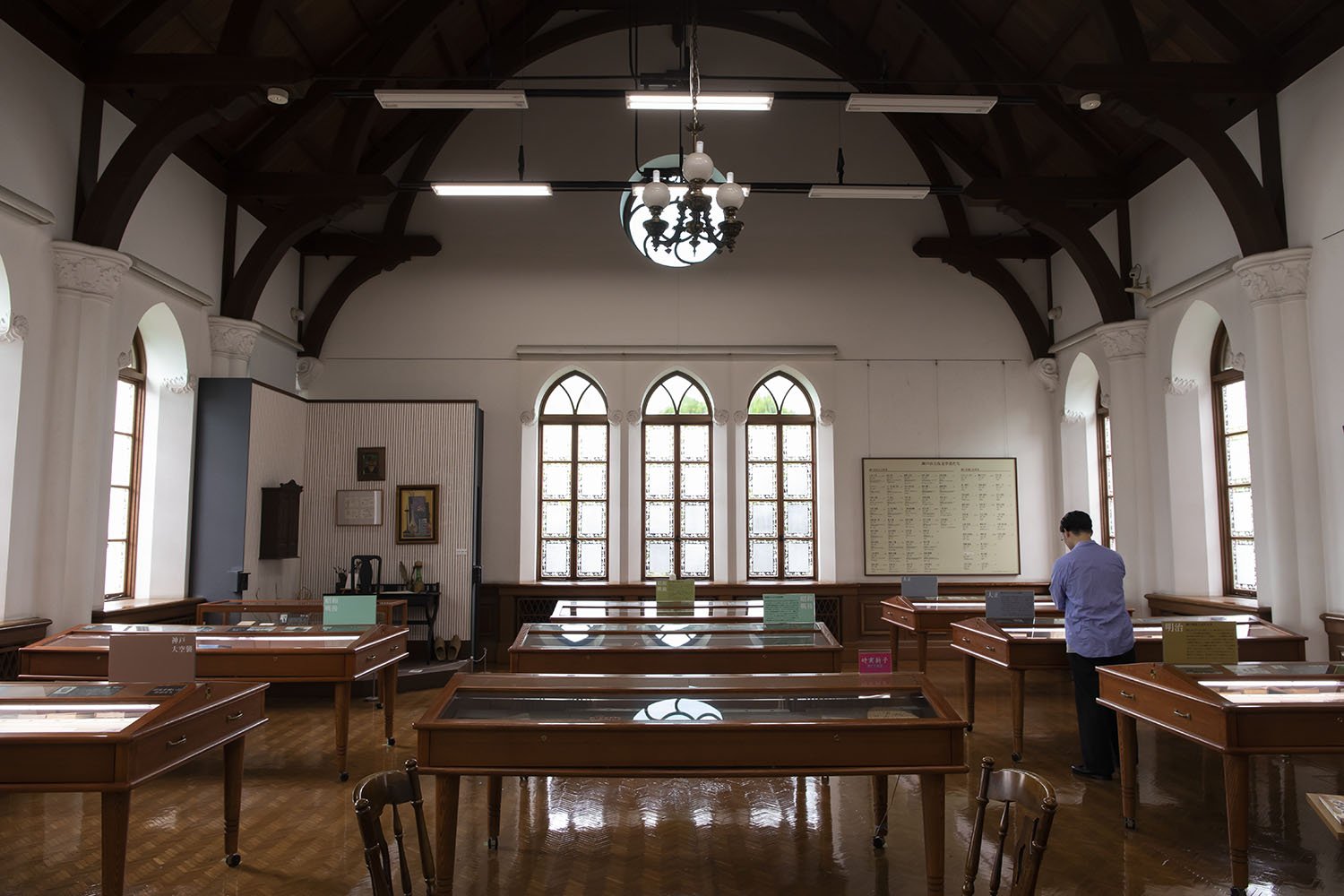
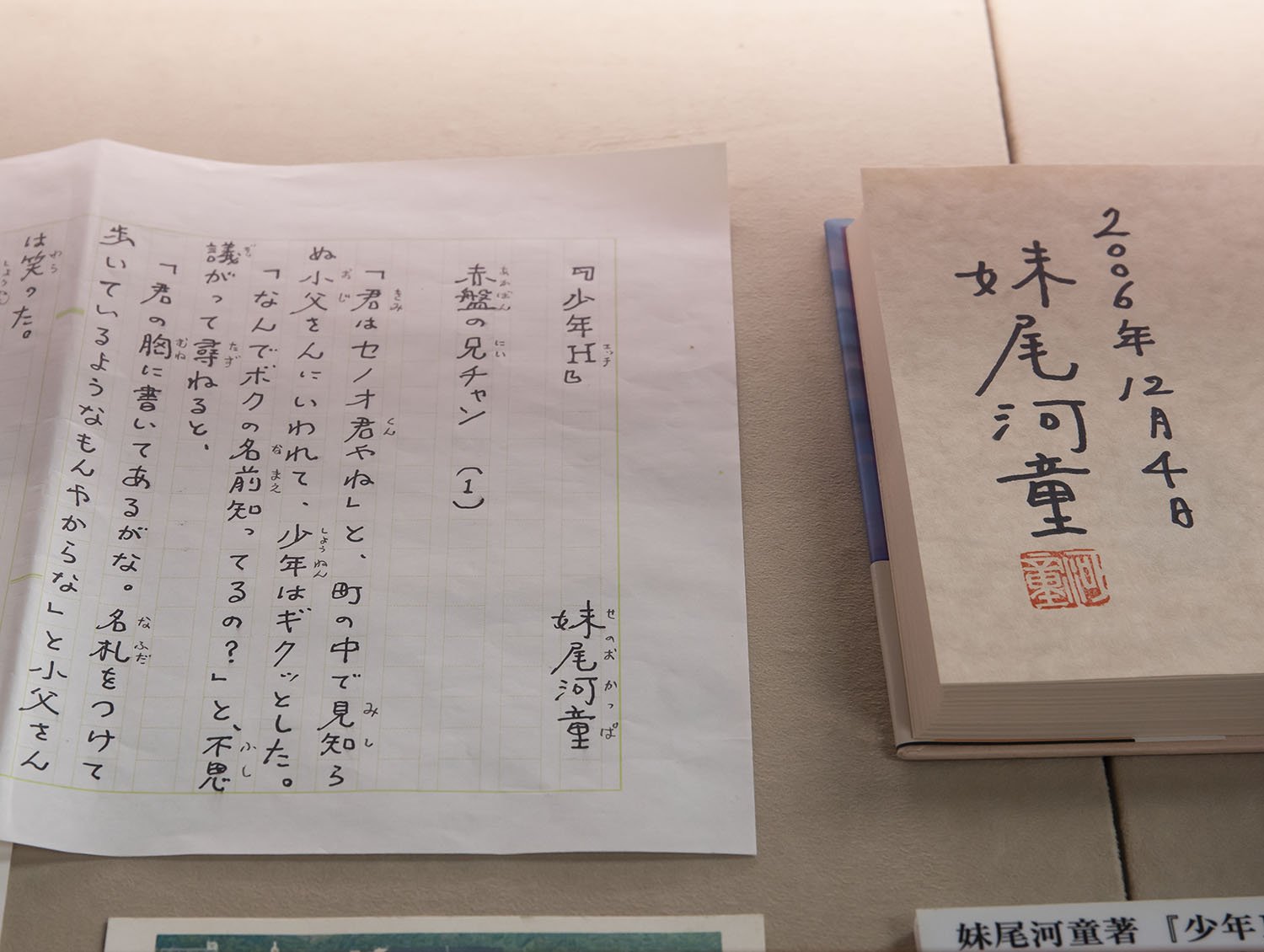
Opened in 2006, the Kobe Literature Museum exhibits literature-related materials associated with Kobe. It is housed in the former Kansai Gakuin Chapel built in 1904, a nationally registered tangible cultural property. ‘The calligraphy of Kawahei Imio is lovely,’ says Mr. Fukai.
Address: 3-1-2 Ojicho, Nada-ku, Kobe, Hyogo Prefecture
TEL: 078-882-2028
Opening hours: 10:00 – 18:00 (weekdays), 9:00 – 17:00 (weekends and holidays)
Closed: Wednesdays (or the following day if Wednesday falls on a holiday), year-end and New Year holidays
Kobe leaves Mr. Fukai with the impression of being a sophisticated city where Haruki Murakami served as his gateway to foreign literature. The combination of Kobe and literature seems to resonate well. ‘After experiencing the literary heritage of Kobe at the Kobe Literature Museum, I visited the Kobe Children’s Book Forest. The exhilaration of being surrounded by books is the same for both children and adults. The lineup includes a photo book of birds by Roni Horn on the ‘Animals’ shelf, which I found appealing for its lack of adult-centric imposition.’
Following the book immersion, Mr. Fukai headed to Mon, a pioneer of Kobe’s Western cuisine culture. With a penchant for retro cafes and Western-style eateries, Mr. Fukai is interested in old things. Books also serve to convey the people and times of the past to the present. They exist in much the same way as old items.
‘I believe that the value born from the passage of time is the only value that cannot be created by technology, and there’s a unique sense of reassurance in being part of that flow. Walking in Kobe, you’ll find pleasant old coffee shops playing jazz. It’s the perfect atmosphere for reading books. Looking at the streets, I felt that time is being meticulously passed down.’ Mr. Fukai introduced us to Kobe’s terroir, centered around books and Western cuisine.
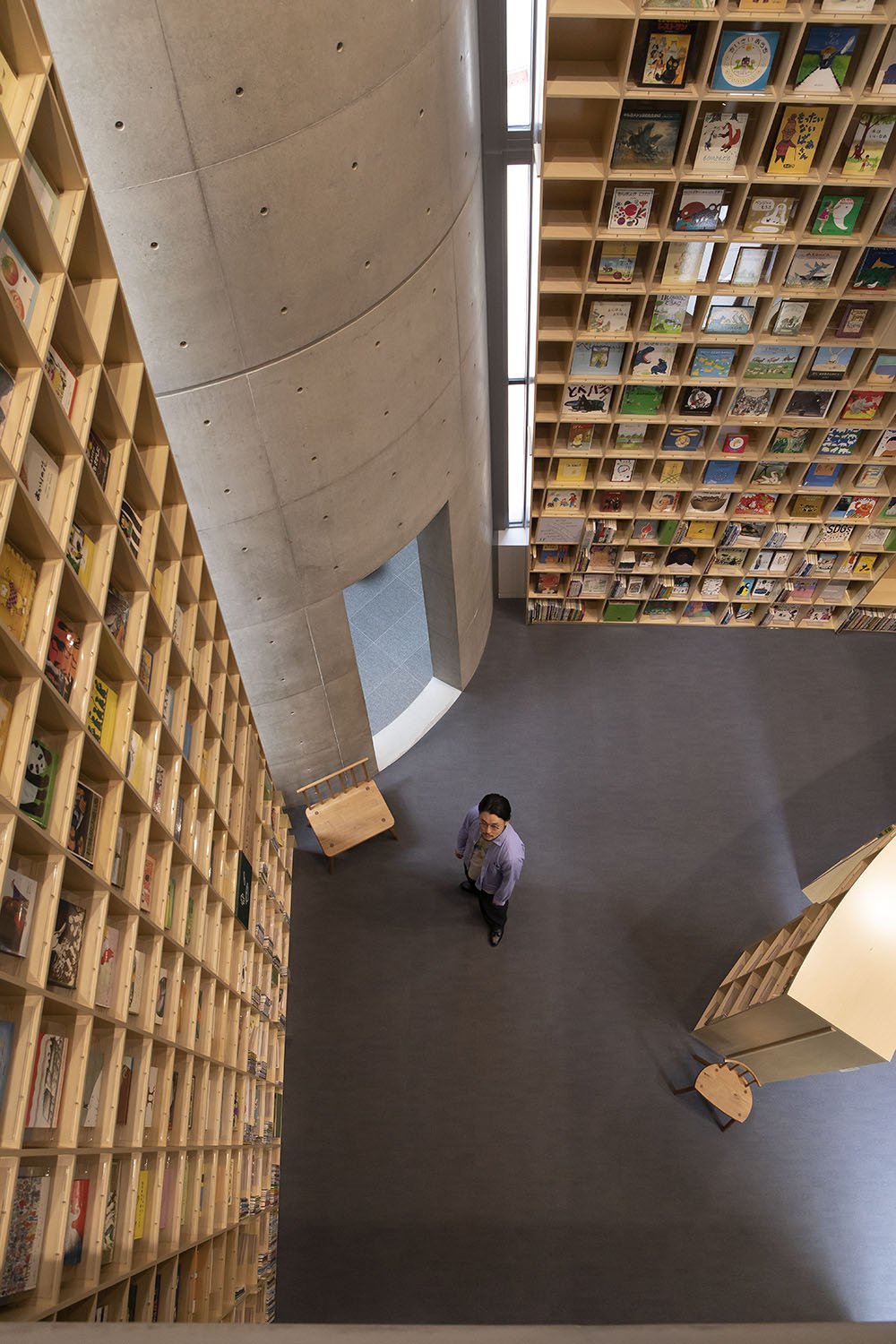
This cultural facility, designed by architect Tadao Ando, opened in 2022. It features walls lined with books that seem to open up the world for visiting children. The collection comprises approximately 18,000 books.
Address: 6-1-1 Kanoncho, Chuo-ku, Kobe-shi, Hyogo
TEL: 078-325-1125
Opening hours: 9:30 AM – 5:00 PM
Closed on Mondays (or the following day if Monday is a public holiday)
*A Hyogo Terroir Original Corner reproducing the perspective of book director Mr. Fukai will be set up at Daikanyama T-SITE from November 20 (Monday) to December 4 (Monday). Please visit us when you have the chance.
TRENDING
-
The Tattoos that Marked the Criminals of the Edo Period
Traditional tattoos were strong signifiers; murderers had head tattoos, while theft might result in an arm tattoo.

-
The Story of Sada Yacco, the Geisha who Bewitched Europe
Described by Dazed magazine as the first beauty influencer, she has been restored to her former glory since 2019.

-
Chiharu Shiota, Red Threads of the Soul
Last year, more than 660,000 people visited the retrospective 'Chiharu Shiota: The Soul Trembles' exhibit at the Mori Art Museum.

-
Japanese Left-field Pop From The CD Age, 1989-1996
‘Heisei No Oto’, a compilation of hidden gems in the unspoken depths of Japanese pop, reveal blissful moment of technological possibility.

-
‘Shojo Tsubaki’, A Freakshow
Underground manga artist Suehiro Maruo’s infamous masterpiece canonised a historical fascination towards the erotic-grotesque genre.





